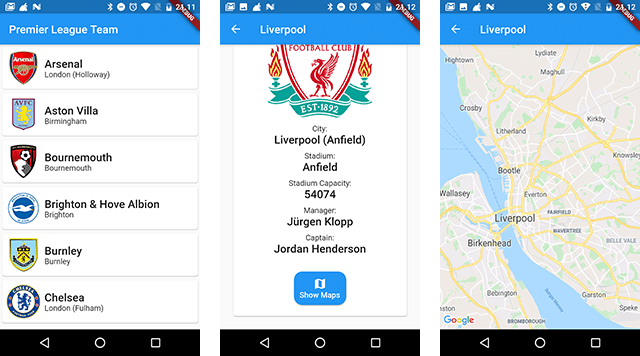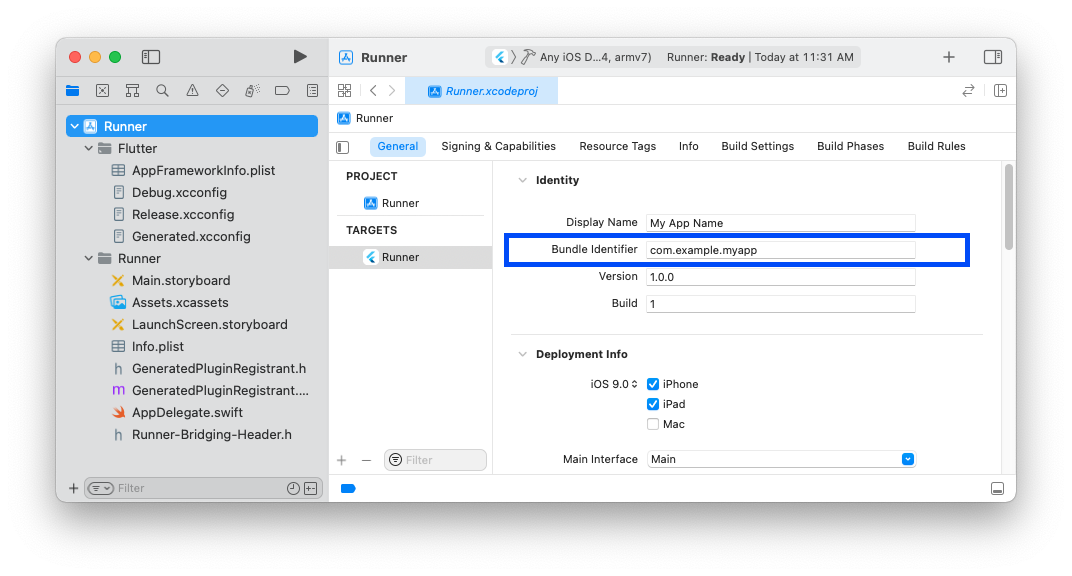

- #Flutter install ios device how to
- #Flutter install ios device mac os
- #Flutter install ios device code
- #Flutter install ios device simulator
Once the download has been completed, you will find the Xcode icon showing the installation progress on your Launchpad. So, in the meantime, you can check these fun resources on Flutter: This is by far the lengthiest step, and it may take a while to complete depending on your Internet connection and machine. You can download it directly from the App Store. You will need the latest stable version of XCode on your Mac to develop Flutter apps for iOS. As we primarily use macOS for Flutter development at VGV, this article is written for macOS users and assumes you have Google Chrome installed on your machine.īefore getting started, be aware this process may be a lengthy one due to the size of some of the installation packages and downloads. Note that this is an opinionated guide to configuring your local environment according to our preferences - feel free to use whatever setup works best for you.
#Flutter install ios device code
You will find a setup section with step-by-step instructions for installation and configuration, which includes common errors, code snippets, screenshots, and (lots of) GIFs. This will build and run the chat project in the selected device/simulator.If you're looking for a very good guide to help you install and configure your local environment to work on Flutter projects, you've come to the right place! This article will walk you through this process.
#Flutter install ios device simulator
Run Xcode projectĬhoose a simulator or device in Xcode then go to Product -> Run, or simply press Command + R. Simply double click on the file in the terminal (make sure you are in the ios folder). xcworkspace file, that can be opened in Xcode. Here’s how a successful output looks like:

Make sure you have Cocoapods installed beforehand. This will install all the pods that the Flutter app depends on, such as Firebase Auth, Storage, etc. Locate the ios folder and run “ pod update“ If the “ flutter run” command fails, you might want to run : flutter run -no-sound-null-safety 2. Run “ flutter run” in the project root directory We’re assuming you already have the environment to run Flutter apps.įollow the next quick steps to get your app running on an iOS device or iOS simulator. There are a few prerequisites that are iOS specific (you don’t need them for Android):

#Flutter install ios device how to
We recommend you to follow the official Flutter documentation first, on how to run Flutter apps. If this is the first time you are running an iOS project on your machine, you need to set up your environment first. In Xcode, select the iOS simulator / device and build and run the app ( Command + R).Also make sure a Pods folder got generated, otherwise the build won’t work. xcworkspace file in Xcode, which got generated at the previous step (you can find it in the ios folder). If the project did not start, open the.Note that if you are using Flutter >= 2.0 or Dart version >=2.12 with Null Safety you might want to run: Run “ flutter run” in the root folder of the downloaded project:.Be absolutely sure you have the latest STABLE Xcode version (DO NOT USE XCODE BETA).If you are not new to iOS / Flutter development, and you already have the dev environment set up, simply do the following steps:
#Flutter install ios device mac os
To run a Flutter app on iOS, you need Mac OS and Xcode, but there’s no need for an Apple developer account or an iPhone – you can simply run any Xcode project on the iOS simulator. In this section, we are describing the steps that you need to do in order to run our Flutter app templates on iOS, from setting up the environment to building the project in Xcode.


 0 kommentar(er)
0 kommentar(er)
